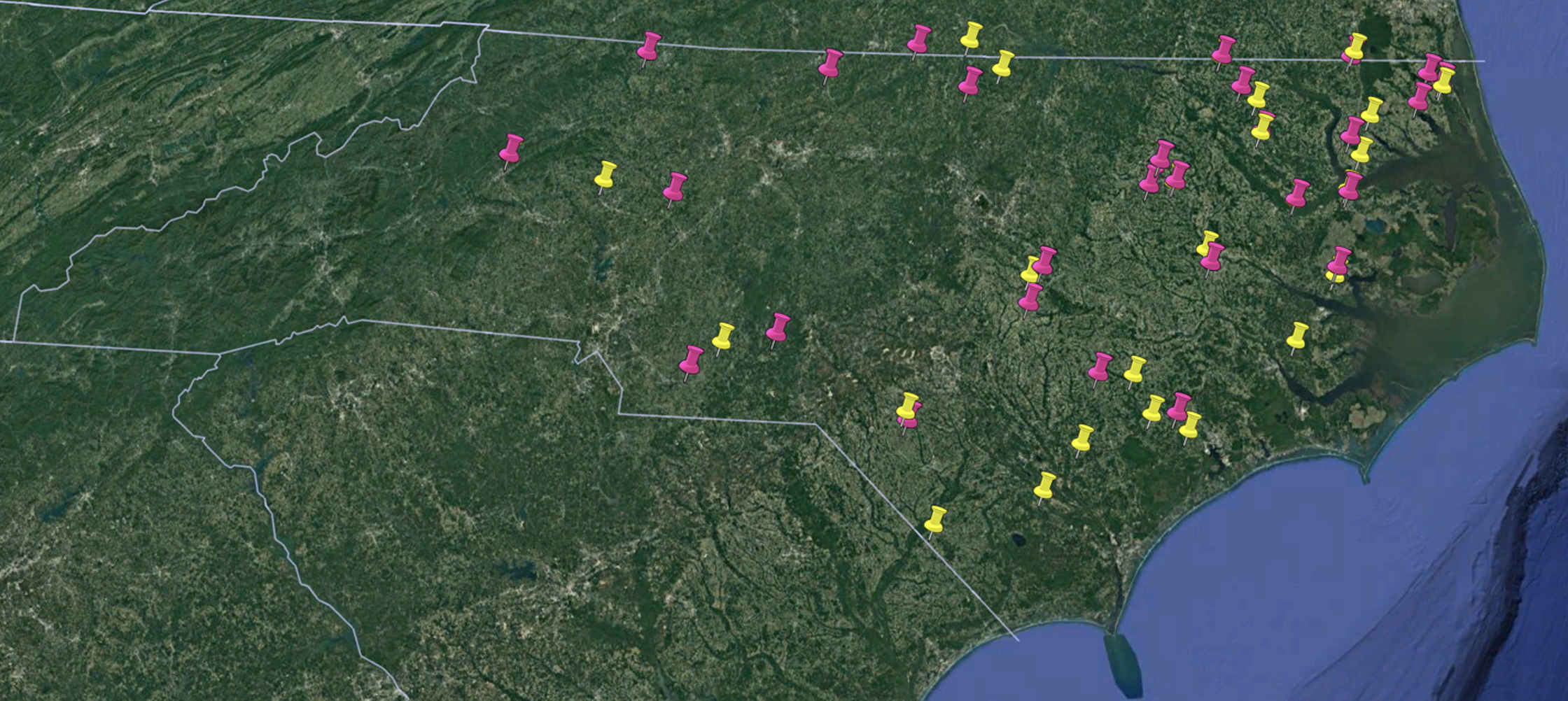Bt Corn and Refuge: Smart Planting for Long-Term Success
go.ncsu.edu/readext?1078552
en Español / em Português
El inglés es el idioma de control de esta página. En la medida en que haya algún conflicto entre la traducción al inglés y la traducción, el inglés prevalece.
Al hacer clic en el enlace de traducción se activa un servicio de traducción gratuito para convertir la página al español. Al igual que con cualquier traducción por Internet, la conversión no es sensible al contexto y puede que no traduzca el texto en su significado original. NC State Extension no garantiza la exactitud del texto traducido. Por favor, tenga en cuenta que algunas aplicaciones y/o servicios pueden no funcionar como se espera cuando se traducen.
Português
Inglês é o idioma de controle desta página. Na medida que haja algum conflito entre o texto original em Inglês e a tradução, o Inglês prevalece.
Ao clicar no link de tradução, um serviço gratuito de tradução será ativado para converter a página para o Português. Como em qualquer tradução pela internet, a conversão não é sensivel ao contexto e pode não ocorrer a tradução para o significado orginal. O serviço de Extensão da Carolina do Norte (NC State Extension) não garante a exatidão do texto traduzido. Por favor, observe que algumas funções ou serviços podem não funcionar como esperado após a tradução.
English
English is the controlling language of this page. To the extent there is any conflict between the English text and the translation, English controls.
Clicking on the translation link activates a free translation service to convert the page to Spanish. As with any Internet translation, the conversion is not context-sensitive and may not translate the text to its original meaning. NC State Extension does not guarantee the accuracy of the translated text. Please note that some applications and/or services may not function as expected when translated.
Collapse ▲Article by Alexis Alsdorf, NC State Department of Entomology and Plant Pathology PhD student
Helicoverpa zea (corn earworm or bollworm) is a common pest that feeds on many crops, including corn and cotton, across the United States. Over time, this pest has become resistant to some of the Bt corn and cotton traits that are supposed to kill it. To slow down this resistance, Bt corn growers in the southern US are required to plant at least 20% non-Bt corn, called a “refuge.” This refuge helps keep some earworms from becoming resistant to Bt corn. But many growers don’t plant this refuge because they worry non-Bt corn won’t yield as well as Bt corn.
To answer this question, we did a study over two years (2022 and 2023) on grower fields in North Carolina. We tested different corn hybrids, some with Bt traits and some without. The growers planted and harvested the corn using their usual equipment and timing. We checked the fields when the corn was almost ready to harvest to see how much damage the corn earworm caused and how much corn was produced.
Here’s what we found and how it related to other studies:
- The corn earworm caused moderate damage (B graph- see below), but the damage was not enough to reduce yield, as seen in small plot studies (Reay-Jones and Reisig 2014, Bibb et al. 2018, Reay-Jones et al. 2024)
- The corn ear can actually handle some damage, so small to moderate feeding doesn’t hurt your yield
- When we compared Bt corn and non-Bt corn from the same seed companies, there was no difference in yield (A graph- see below)
- This means that planting non-Bt corn for refuge on time does not cost you yield
- Another study found a slight yield benefit when planting Bt if you plant late

Panel A shows the average yield (in bushels per acre). Panel B shows the average feeding damage (in square centimeters) on each ear. The four corn hybrids are DKC65-99, DKC67-70, P1197YHR, and P1197LR. Bt hybrids have bars in the hatched pattern. Non-Bt hybrids have bars that are gray
- Other things, like weather and soil, have a bigger impact on yield than the corn earworm
- Another North Carolina study found that Bt corn had less Fusarium ear rot (caused by insect feeding) than non-Bt corn. While the difference in harmful toxins called fumonisins was not big enough to be significant, Bt corn still had lower levels of these toxins than non-Bt corn
- A previous study showed that refuge-in-a-bag (mixing Bt and non-Bt seeds in the same bag) is a bad idea because corn earworms develop Bt resistance more quickly. Our study tested the profitability of block refuge (planting strips or separate fields to non-Bt refuge), which is known to delay Bt resistance
- We looked at the economics and found that profitability was the same if growers plant 100% Bt corn, or 80% Bt corn and 20% non-Bt (refuge) corn
So, what does this mean for you?
Planting a refuge with non-Bt corn is a smart way to protect your corn. It helps slow down the corn earworm from becoming resistant to Bt corn, which means Bt corn will keep working longer. And the best news? The non-Bt seed is about $30 cheaper per bag of seed without the yield penalty. We encourage all growers in North Carolina to plant at least 20% non-Bt corn in blocks next to their Bt corn.



